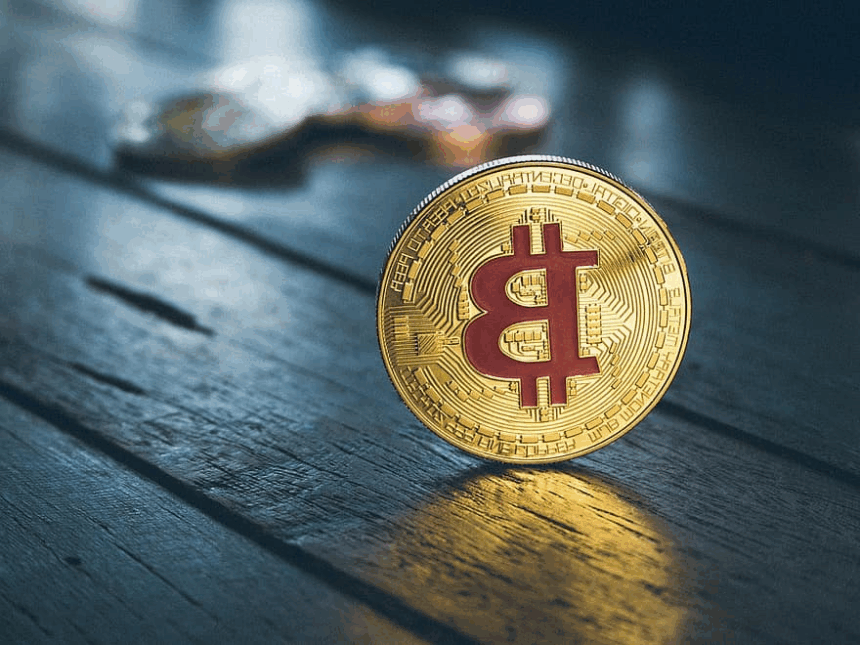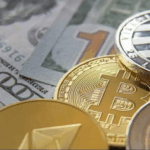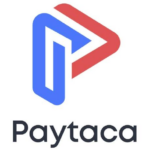In This Post I Will Talk About Are NFTs Dead This article takes a hard look at the state of non-fungible tokens in late 2023, a moment when chatter around them has quieted down but still hints at fresh life. Ill talk you through why the initial fireworks faded
Why some collectors still keep their digital wallets open, and whether these tokens should be written off or watched closely. By the time we finish, youll have a clearer picture of whether the NFT scene has actually flat-lined or is just changing gears.
What Are NFTs?
NFTs, short for Non-Fungible Tokens, work kind of like digital certificates of bragging rights. Each one sits safely on a blockchain, so no sketchy copies can slip through.
Where a Bitcoin is just another coin in the pile, an NFT is a snowflake-no two are ever exactly alike. That difference is what lets people prove that their digital art, song, or in-game sword is the one and only original.
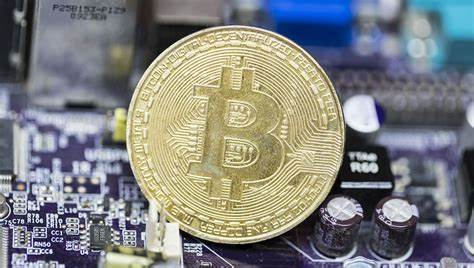
Because every token carries its own history, buyers can easily check who owned it before-and who might own it tomorrow. Artists love that built-in record, plus the chance to sell straight to fans without a middleman. In a world that keeps moving online, that kind of certainty about ownership and rarity feels pretty refreshing.
The Peak of NFT Popularity
Rapid Growth 2020-2021
NFTs took off out of nowhere. One month, very few folks had heard the term; the next, everybody was minting, buying, or at least gawking.
Record-Breaking Sales
Auctions began popping up with eye-watering price tags. Beeple shocked the world when his digital collage went for a jaw-dropping $69 million, and headlines never cooled off after that.
Celebrity Endorsements
A-list stars quickly jumped on the bandwagon. Musicians, actors, and pro athletes dropped their own tokens, turning the tech chatter into a full-blown pop culture moment.
Media Hype
Newspapers and late-night shows couldn t resist the story. Every press mention coaxed a new breed of buyer off the fence and onto a crypto wallet.
Market Expansion
OpenSea, Rarible, and similar sites reported users by the million. Trading numbers spiraled so fast that some dashboards briefly crashed under the load.
Why NFTs Are Not Dead Yet
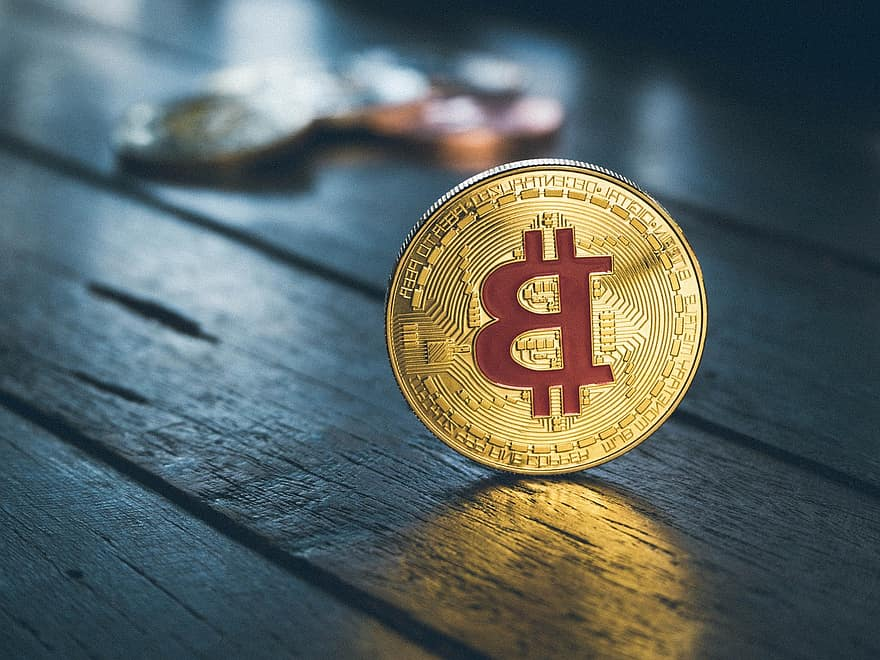
Ongoing Innovation
Non-fungible tokens are growing up fast. One week theyre pixelated punks, the next theyre giving players real stakes in video games, letting musicians collect royalties automatically, and even proving who owns virtual land. Its hard to pin them down because they just keep jumping into new outfits.
Growing Brand Adoption
Big names wont walk away from something that grabs attention. Brands like Adidas, Starbucks, and Nike toss NFTs into marketing stunts, reward fans with punch-card style badges, and offer front-row seats no one else can reach. When a logo shows up, plenty of eyes follow.
Strong Communities
Fans refuse to pack it in. Discord groups are still buzzing, collectors cheer every mint, and artists keep dropping fresh drops. That shared culture gives the scene energy even on quiet news days.
Integration with Web3
NFTs arent lone wolves; they plug straight into webs newest strands. In decentralized finance, a token can double as collateral for a loan. Inside the metaverse, avatars flash badges the same way gamers once showed off skins.
Long-Term Value
A few tokens sit in wallets like wine bottles waiting for the right year. Scarcity, real-world backstage passes, and just plain hype can keep prices steady or even push them up. Museums wont be auctioning .jpeg frames tomorrow, but collectors sure act like they’re rare pieces of history.
Why did the NFT market slow down?
Market Saturation. Hundreds of fresh drops showed up every week, and collectors simply ran out of room for more art in their digital wallets.
Speculative Bubble Burst. Prices shot up almost overnight, but once the cameras switched off, many tokens slid back down, leaving new owners wondering what went wrong.
Scams and Fraud. A handful of quick rug pulls and copycat scams cleared out wallets in minutes, and trust is hard to rebuild after something like that.
Environmental Concerns. The steady drumbeat of stories about blockchains eating up enough power to light a small country made buyers rethink whether their avatar needed another hat.
Crypto Market Volatility. When Bitcoin and Ether dropped, every future-looking investment, including pixelated llamas, tagged along for the slide.
Regulatory Uncertainty. Congress and international agencies still treat this space like a riddle, so plenty of folks decided to wait for clearer rules before betting their lunch money.
Are NFTs useful beyond digital art?
People usually first hear about NFTs from flashy digital art, but the tech has spread to lots of other spots.
Gamers, for instance, can now buy, sell, or trade one-of-a-kind swords, skins, or characters, all backed by the same blockchain proof that says the item is theirs.
Musicians are jumping in too; a band might drop an NFT that includes a never-before-heard track plus a slice of the streaming royalties, letting fans feel like mini-investors.
Inside the metaverse, virtual plots of land come with their own NFT deed so owners can build, rent, or flip property the same way they might do in the physical world.
On a more everyday note, companies are slipping NFTs onto bottle labels or shipping boxes to show, step by step, where each product has traveled and prove it isn’t a knock-off.
Because each token carries a tamper-proof record, clubs or concerts can hand out member badges that unlock doors and verify identity without a long guest list check.
Say what you want about the hype, but the range of uses keeps growing and nudges the internet closer to an economy where ownership is almost never argued about.
The Future of NFTs
Expanded Use Cases NFTs are already more than digital doodles; soon you might mint your concert ticket, a gaming sword, or even proof that you really did vote. Companies love the idea of on-the-blockchain receipts.
Integration with Web3 Picture a party where everyone gets a wallet instead of a wristband. Those wristbands could double as NFT keys that unlock decentralized finance pools, hangout rooms in the metaverse, and ad-free zones on social sites.
Improved Technology The buzz around eco-friendly chains is real, and new payment rails promise clicks-instant minting even when the grid is busy. Faster, cleaner code usually equals less headache for new users.
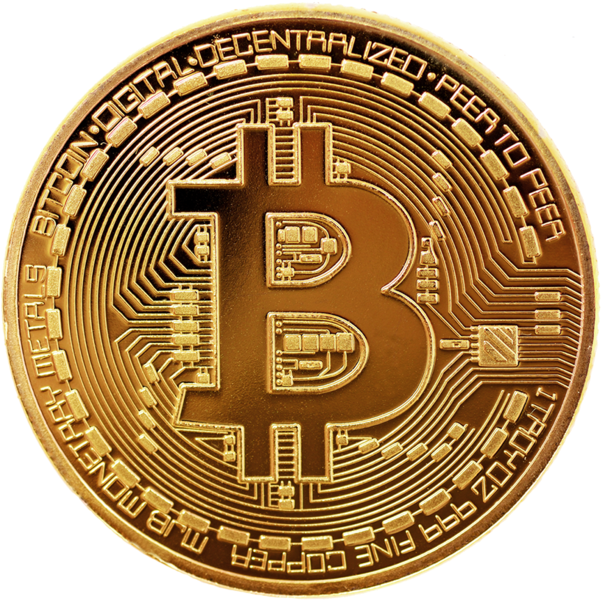
Interoperability Developers are already sketching glue code that lets a single dragon egg fly between three separate RPGs. One token, multiple worlds, more adventure-no extra fees along the way.
Regulation and Security Clearer ground rules mean auditors can relax, and tighter encryption makes phishing more of an ‘oops’ than a ‘whoa.’ Until crooks find a new angle, that peace of mind should lure in regular folks.
The NFT space is evolving, with innovation driving long-term relevance. What seems quirky today might end up baked into everyday life tomorrow.
Conclusion
In the end, non-fungible tokens are very much alive and breathing. Yes, the wild fireworks show of 2021 has dimmed, yet fresh ideas are bubbling up in video games, songs, and virtual worlds.
Markets dont stay insane forever; they settle down and start asking, So what can I really do with this? That grounding lets NFTs slip out of the artists gallery and into everyday tech talk, proving the tokens can be more than eye-popping JPEGs.
FAQ
What does it mean when people say NFTs are “dead”?
Saying NFTs are “dead” usually means that the hype, trading volume, and mainstream excitement around NFTs have significantly decreased compared to their peak.
Will NFTs come back in popularity?
Many experts believe NFTs will evolve and regain interest as technology improves and new use cases emerge, especially in Web3 and the metaverse.
Is investing in NFTs still safe?
Like all investments, NFTs carry risks. It’s important to research projects carefully and avoid hype-driven purchases.


